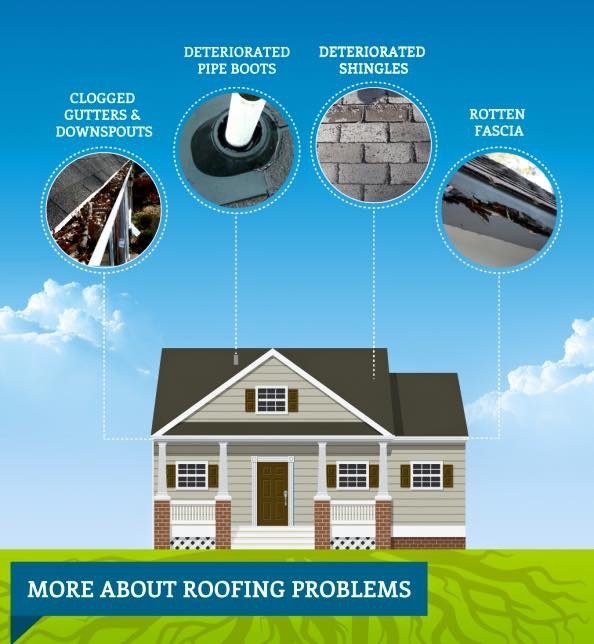The Role Of Roof Ventilation In A Successful Setup
The Role Of Roof Ventilation In A Successful Setup
Blog Article
Post By-Conway Walls
When you're tackling a roof covering task, you might not believe much regarding roofing ventilation, but it's more essential than you recognize. Reliable ventilation aids regulate temperature level and dampness in your attic, preventing issues like mold and architectural damages. By understanding how to make and mount a well balanced air flow system, you can enhance power effectiveness and extend the lifespan of your roof covering products. So, what are the key elements to consider throughout installment that can make all the difference?
Importance of Roof Covering Ventilation
Roof ventilation plays a crucial duty in keeping the overall wellness of your home. By permitting fresh air to flow through your attic room, it assists control temperature level and dampness levels. This balance is essential to protect against heat buildup throughout hot months, which can result in boosted energy costs as your cooling works overtime.
Additionally, kitchen remodel minimizes the threat of moisture-related concerns like mold and mildew. If humidity levels rise, your home's architectural honesty can be jeopardized, resulting in costly repair services. You wouldn't want to deal with rotting timber or deformed roofing materials, right?
Furthermore, adequate ventilation extends the lifespan of your roof. When warmth and wetness are kept in check, your roof can carry out efficiently, avoiding early wear and tear. This implies fewer headaches and expenses down the line.
How Roof Air Flow Functions
Reliable roofing air flow counts on the natural movement of air to produce a balance between consumption and exhaust. When you set up vents, you're basically allowing fresh air to enter your attic room while making it possible for hot, stale air to leave. This procedure helps control temperature level and dampness degrees, avoiding concerns like mold and mildew growth and roofing damage.
Intake vents, generally discovered at the eaves, reel in cool air from outdoors. At the same time, exhaust vents, situated near the ridge of the roofing, allow hot air surge and exit. san antonio gutter in temperature develops an all-natural airflow, referred to as the pile impact. As cozy air increases, it produces a vacuum that draws in cooler air from the reduced vents.
To enhance this system, you require to guarantee that the intake and exhaust vents are correctly sized and positioned. If the intake is limited, you will not accomplish the preferred ventilation.
Likewise, insufficient exhaust can catch warm and wetness, bring about potential damages.
Trick Installation Considerations
When installing roof covering ventilation, several essential considerations can make or break your system's effectiveness. Initially, you need to assess your roof covering's design. The pitch, form, and products all influence air flow and air flow option. Make certain to choose vents that match your roof kind and regional environment conditions.
Next, consider the placement of your vents. Preferably, you'll desire a balanced system with consumption and exhaust vents placed for ideal air flow. Location intake vents short on the roof and exhaust vents near the peak to encourage a natural circulation of air. This setup helps avoid wetness build-up and advertises energy performance.
Don't ignore insulation. Proper insulation in your attic protects against warmth from leaving and maintains your home comfy. Ensure that insulation doesn't obstruct your vents, as this can hinder air movement.
Finally, think about upkeep. Choose ventilation systems that are very easy to accessibility for cleaning and examination. Regular maintenance guarantees your system continues to operate effectively with time.
Final thought
Finally, roof air flow is necessary for a successful installment. By ensuring correct airflow, you can prevent warm build-up and wetness concerns that cause pricey damages. When you tactically setting intake and exhaust vents, you enhance energy effectiveness and prolong the life-span of your roof. Remember, a well-ventilated roofing not just shields your investment however additionally improves your indoor air top quality. So, prioritize ventilation to ensure a resilient and affordable roof for your home.
